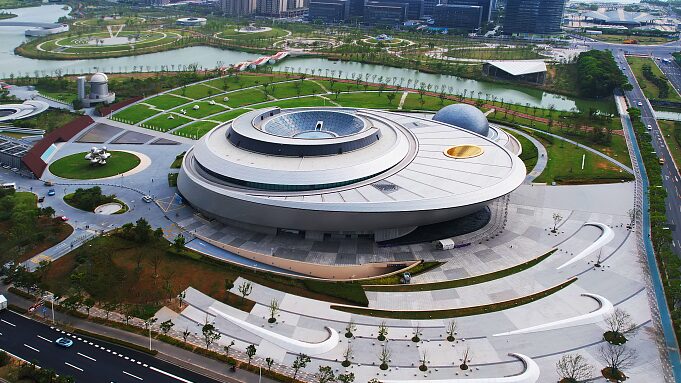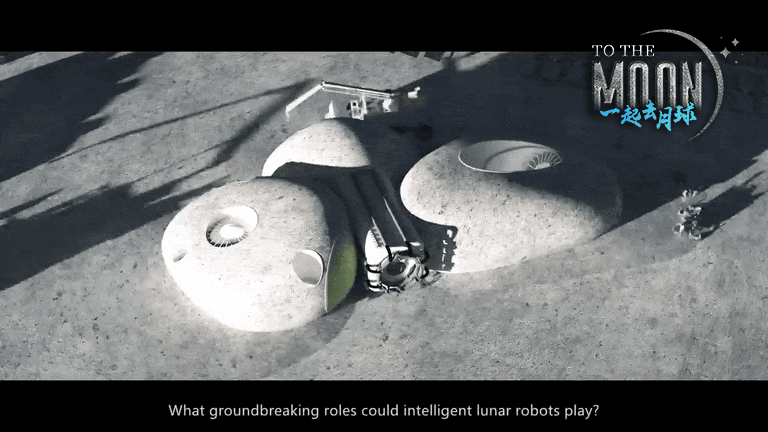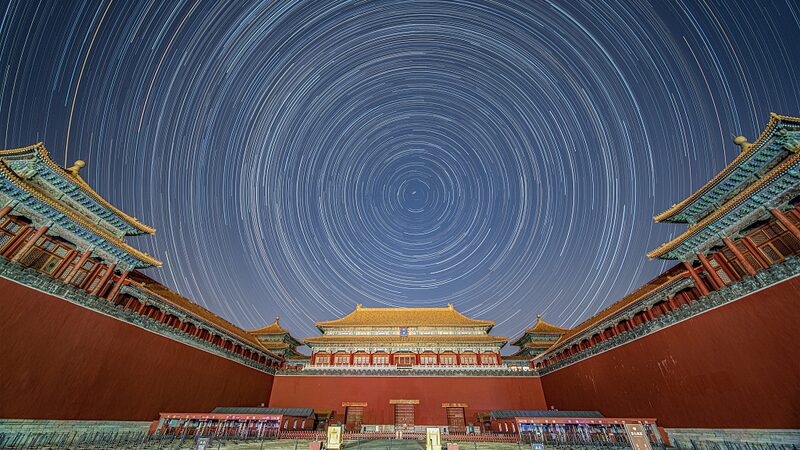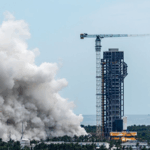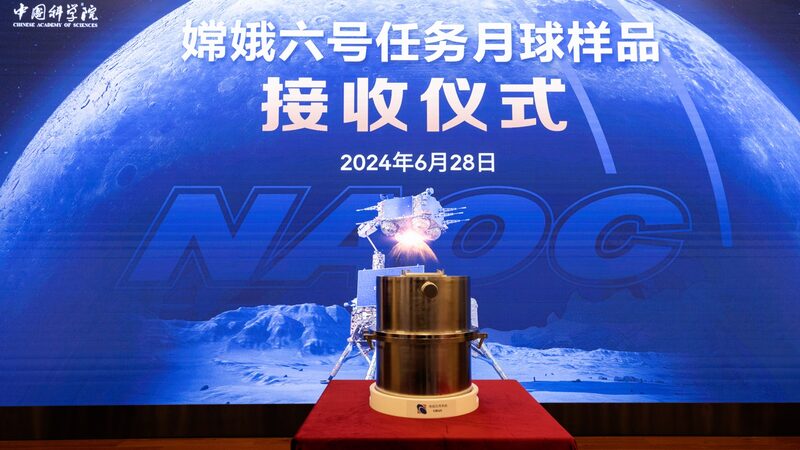Step into a universe of wonder at the Shanghai Astronomy Museum, a jaw-dropping architectural marvel that’s redefining how we explore space 🌠. Opened in 2021, this 420,000-square-foot giant isn’t just a museum—it’s a time machine connecting China’s 4,000-year stargazing legacy with its bold future as a space exploration powerhouse.
Architecture That Defies Gravity 🪐
The museum’s swooping curves and futuristic spheres echo cosmic phenomena like black holes and orbital paths. But look closer: ancient Chinese astronomy tools are seamlessly woven into exhibits, proving innovation doesn’t erase history—it elevates it.
From Star Maps to Moon Rocks 🌙
One minute you’re decoding 11th-century celestial charts used by Song Dynasty scholars, the next you’re virtually docking with China’s Tiangong space station. Interactive exhibits let visitors:
- Touch meteorite fragments older than Earth
- Control rovers in Martian sandbox simulations
- Watch AI reimagine ancient eclipse predictions
Why Gen Z Can’t Stop Clicking?
This isn’t your grandparents’ planetarium. The museum’s TikTok-famous ‘Solar Escape’ VR ride (🚀 4.3 million views!) lets you outrace a solar flare at 99% light speed. Meanwhile, the digital zodiac exhibit merges traditional Chinese astrological symbols with AR filters—#SpaceAesthetic goals!
As night falls, the museum’s glass dome becomes Shanghai’s clearest window to real stars ✨—a poetic reminder that while tech advances, our cosmic curiosity remains timeless.
Reference(s):
Shanghai Astronomy Museum – a combination of past and future
cgtn.com
